Ishwara (Chandramouleswara) temple, Arasikere, Karnataka is located 44 km north of Hassan.
Built in 1220 CE, this Hoysala temple is unique with its complex architectural plan and execution.
A 16 pointed star-shaped Mukha mantapa, with a large span and heavily ornamented ceiling panel and lathe-turned carved pillars, is an unusual deviation from standard Hoysala designs.
The Mahamantapa has lathe turned decorated pillars, exquisitely carved walls and ornamented (Navaranga) ceiling panels.
The Shikhara is in typical Hoysala style and intact.
An amazing creation indeed!
Location: https://goo.gl/maps/Gq1UYtqM89MANKXk7
#drive #heritage #nature
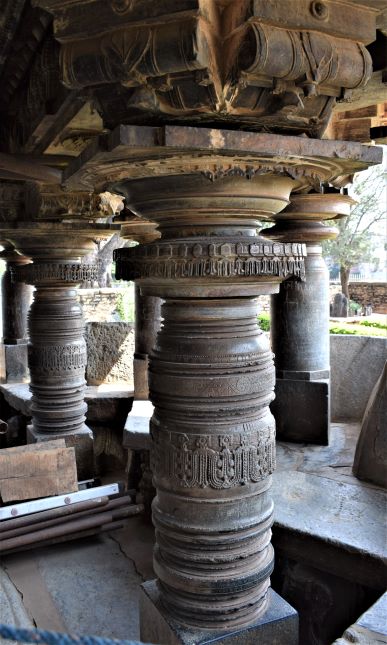
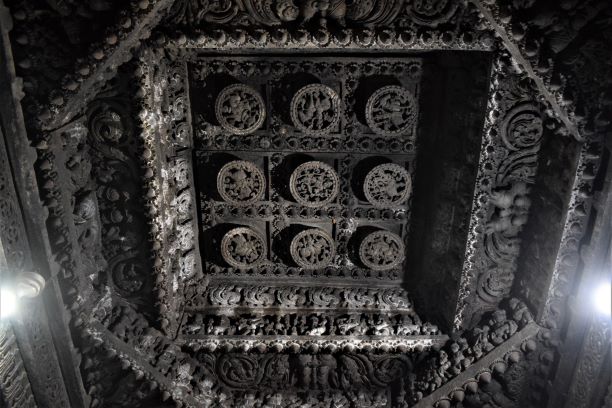
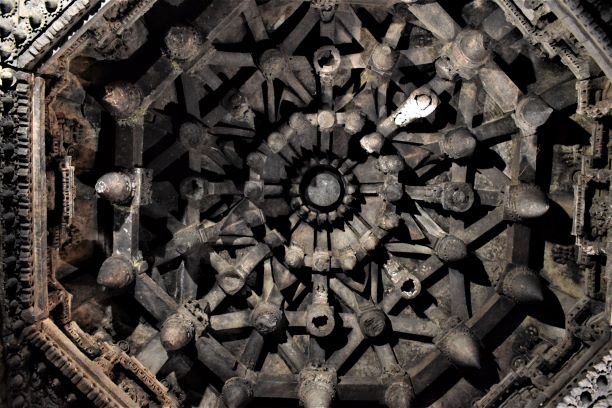
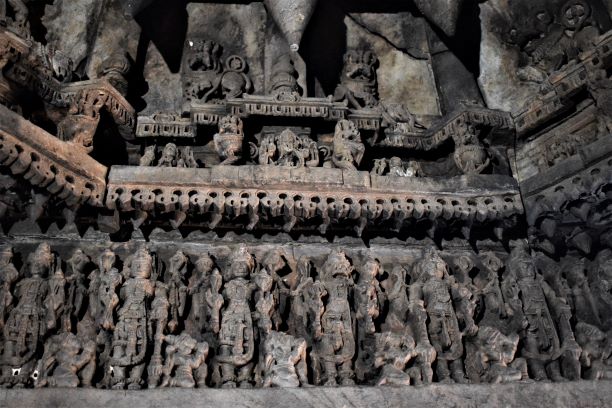
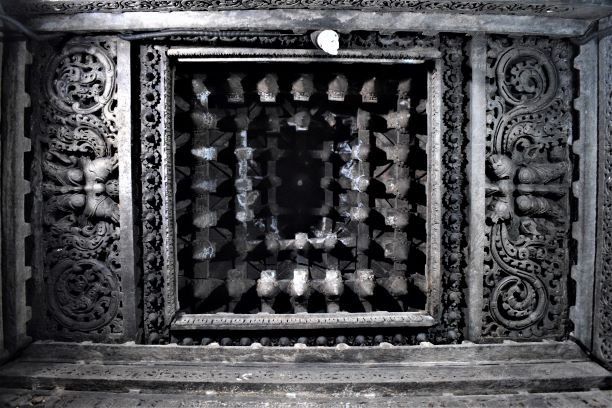
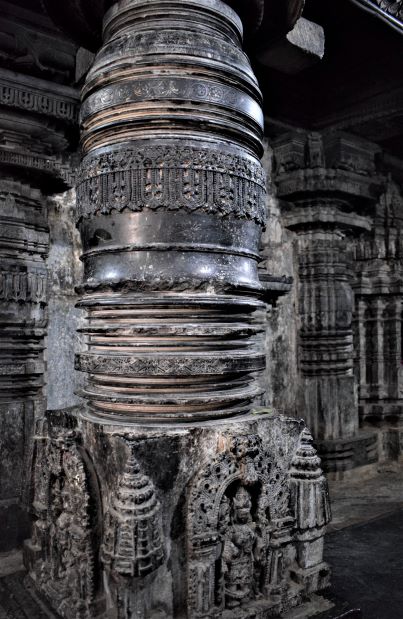
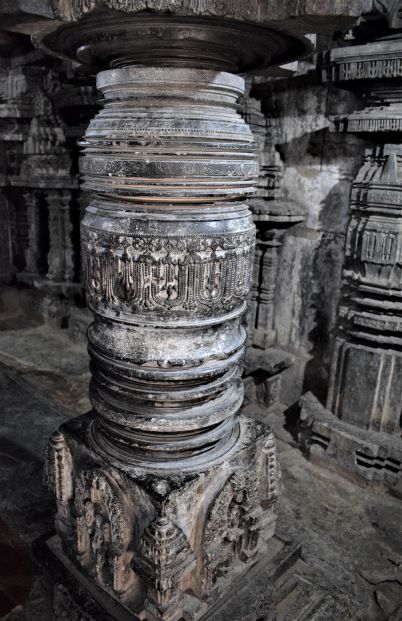
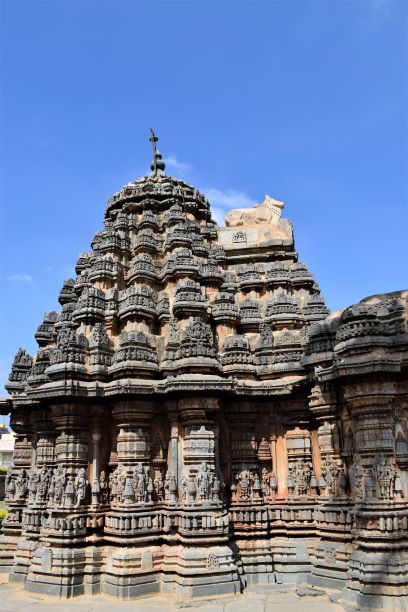
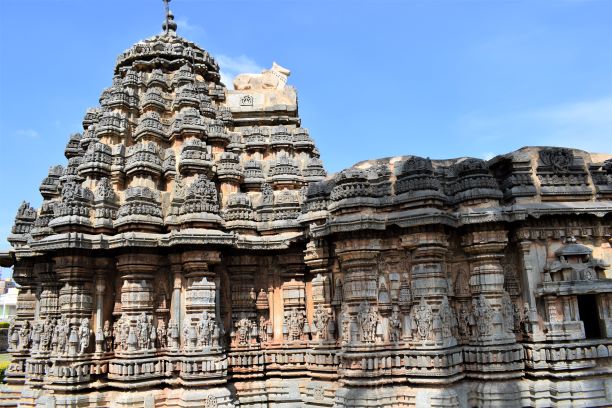
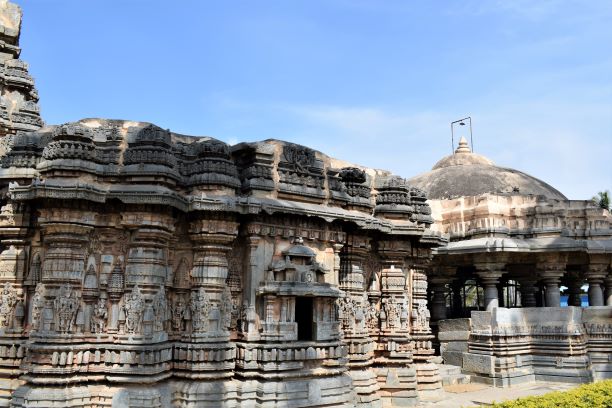
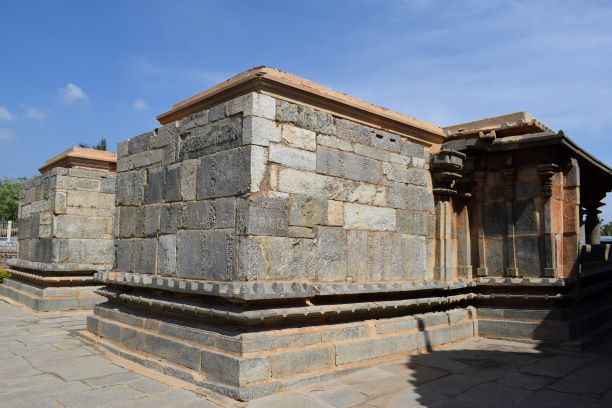
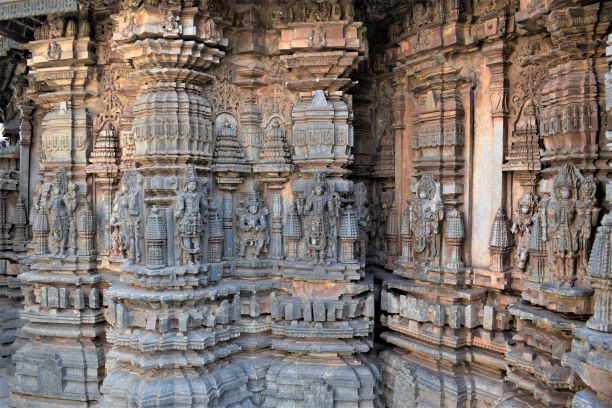
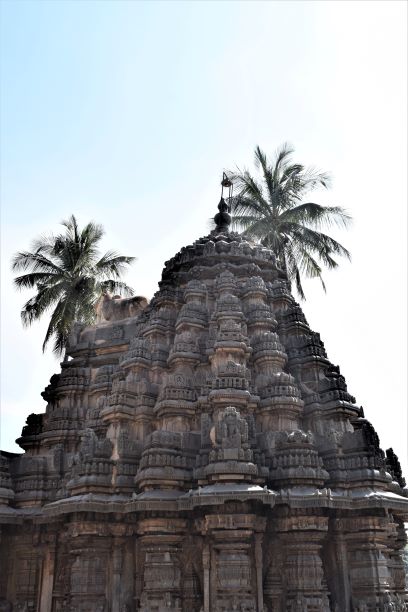
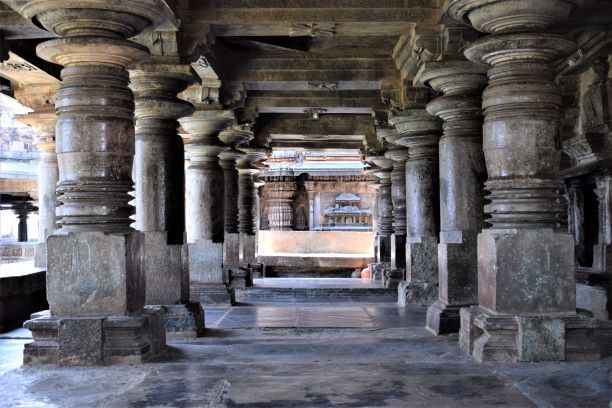
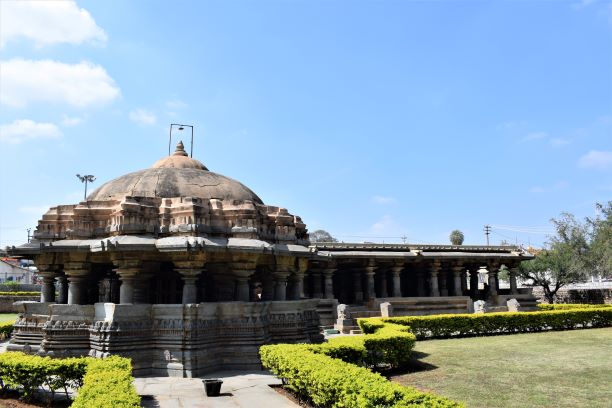
Spread the love

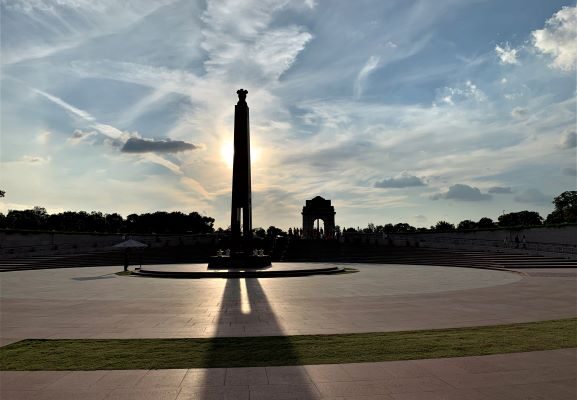
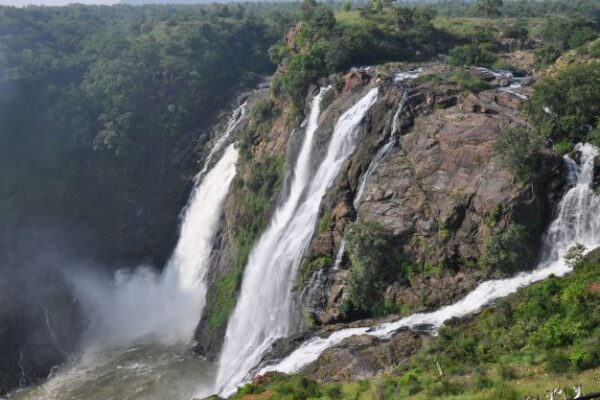
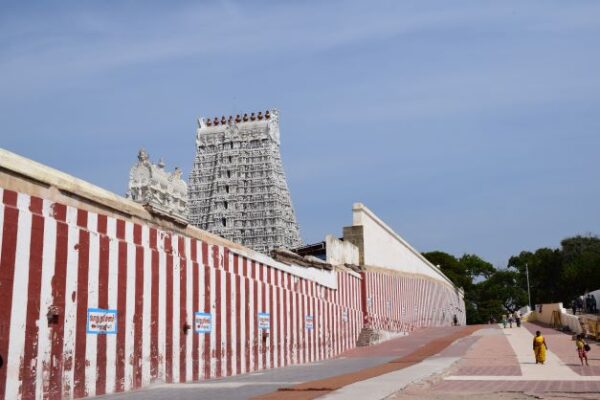
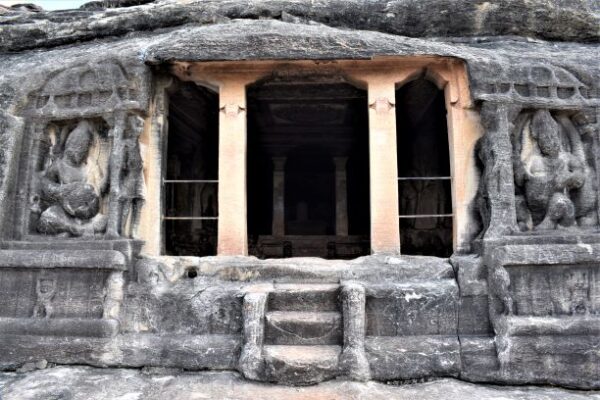
The temple belongs to Auttareya Dravida style, under Auttareya tradition. This is more popularly known as “Shivalaya” locally. The Garbha gruha is 16 cornered one, “Mahapadma” variety. The pitha portion has several mouldings. It first starts with “Bhitt”, above which khuraka, padmapatra, kumbha, karnika, Kapota, kantaka and vedi mouldings are visible below the Jangha. The pillar like display on the Jangha exhibits 24 Vishnu murthies duly labelled around the garbha gruha. Unfortunately, many of them have their hands cut and weapons defaced. We see even Dashavatara forms also on display here. The shikhara of the temple is ” pancabhumi” structure and each corner is decorated by karnakutas. The shikhara is succeeded by a platform called vedi. Above this, Ghanta as well as Kalasha are seen. The Ghanta looks like a modified form of Aamalasaara which is also 16 cornered one.
Horizontally, after Garbha grha, sukanaasi a vestibule is seen. It is followed by 16 pillared Navaranga. It has four prominent four pillars in the middle known as Chatushka, surrounded by 12 engaged pillared in the wall. The entrance is from east of Navaranga. There is a beautiful pillared Ranga Mantapa with Kakshasana, in front of Navaranga. It has circular brick/marter structure on its top covering the vitana portion of the Ranga mantapa. It is little away from Navaranga. The said space in between seen is called as “Trika”. It provides entrance from South and North. Ranga Mantapas is more decorative inside but damaged.
The temple complex has another structure towards its left, where two more shaiva garbhagrhas connected to a common rectangular Navaranga is seen, with dated inscription. The date of the main temple is not spelt in any of the inscriptions.